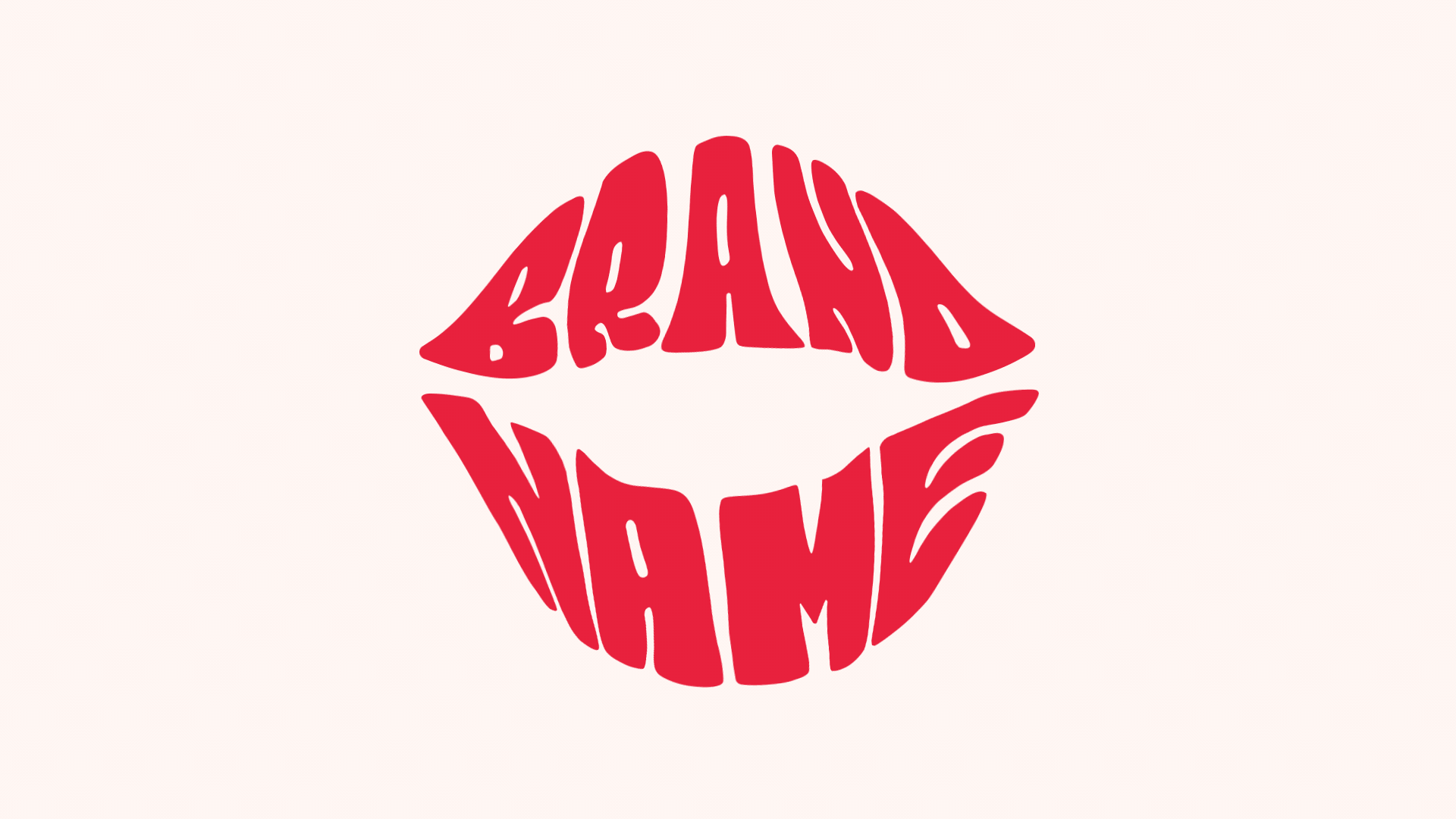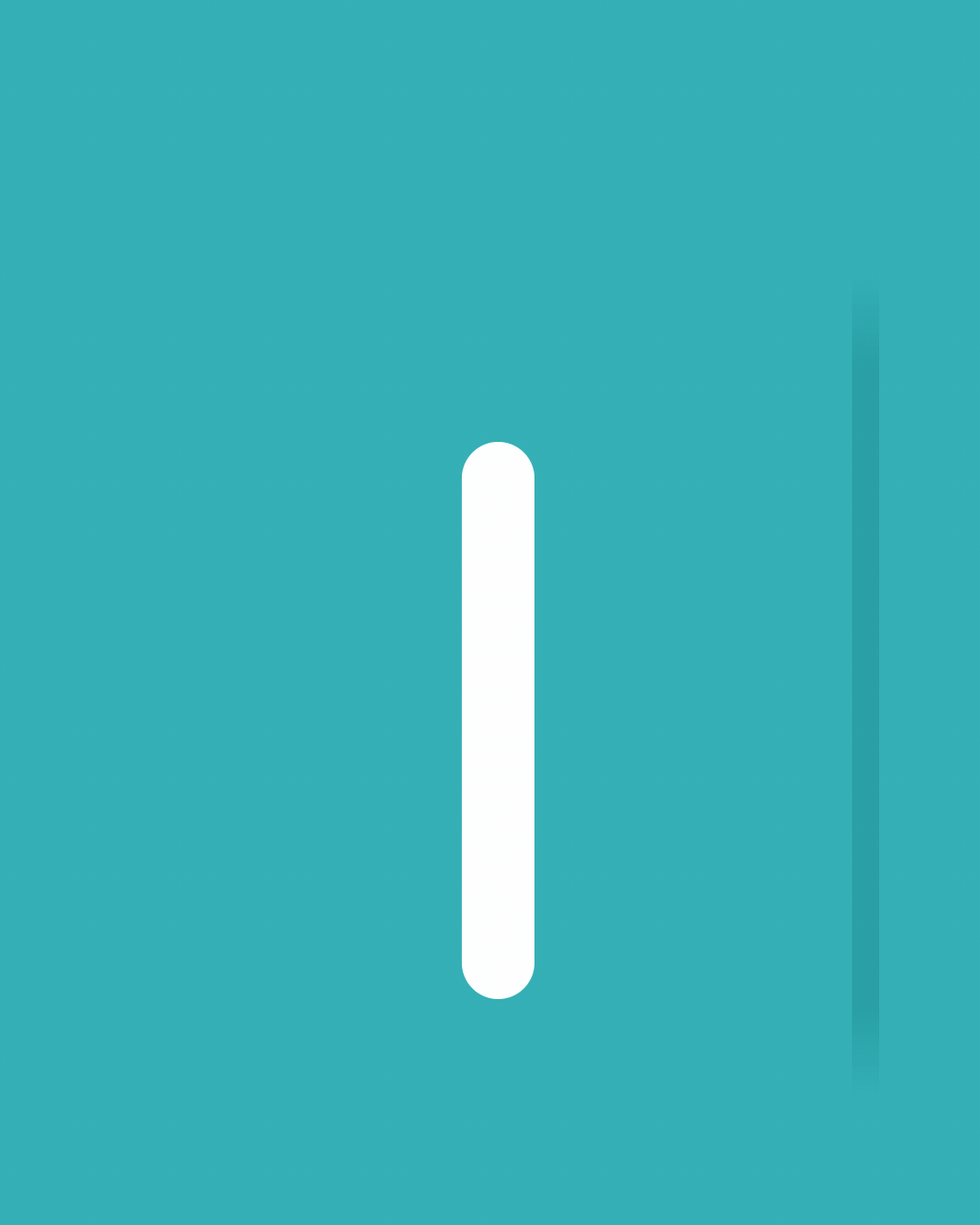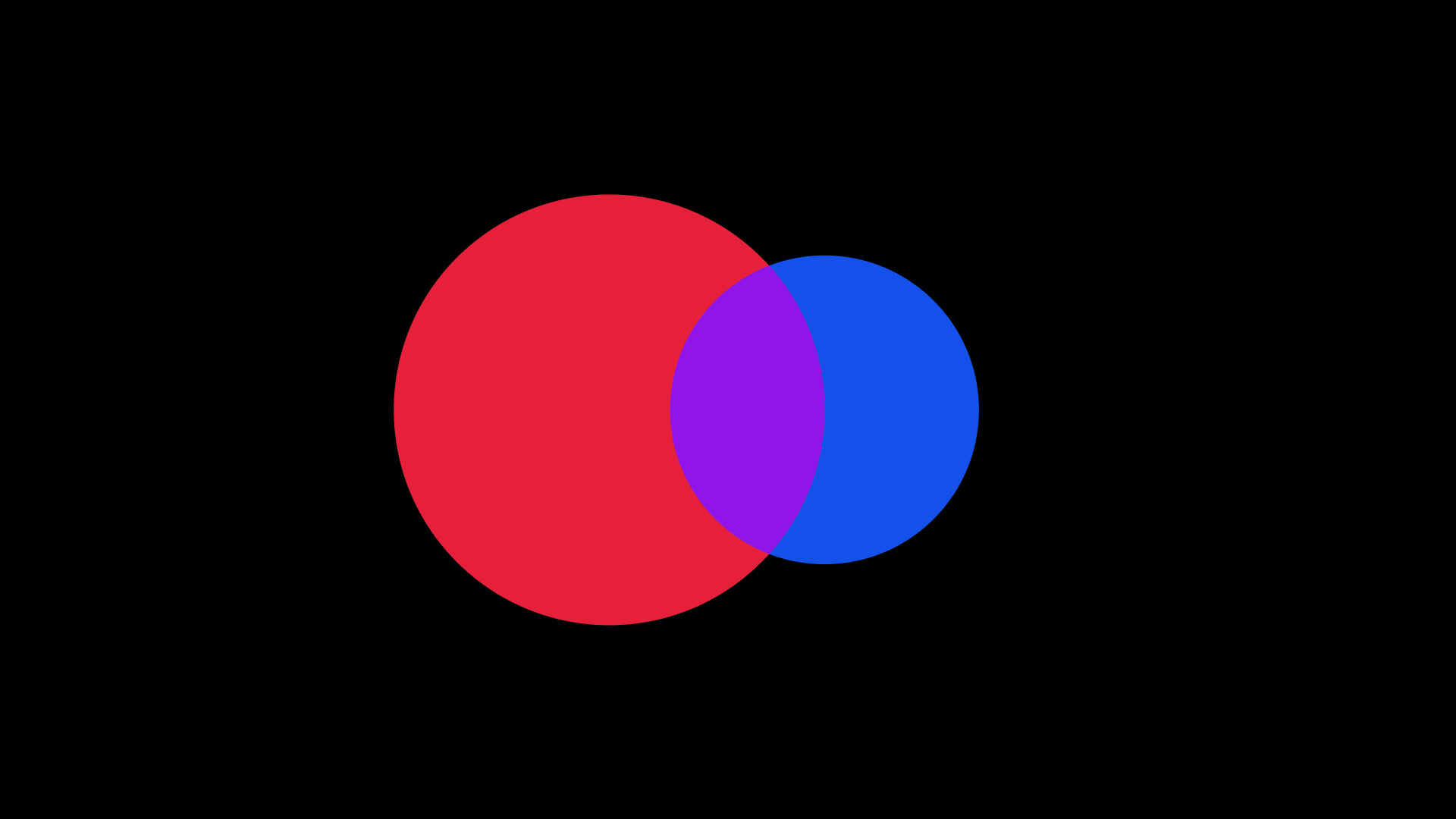It perhaps could be regarded as an obvious choice to choose another Graphic Designer as an Elastic Thinker – but to be honest I believe any good designer to be an elastic thinker.
OK – not every one of us a polymath.
However, as designers we have to have a wide range of understanding and ideas, we see projects in a new and different way, allowing us to come up with a unique solution.
Michael Bierut is a graphic designer, design critic writer and educator – this highlighting his ability to think elastically, applying his skills in various manners. He has worked for The New York Times, Saks Fifth Avenue, Mastercard and Princeton University to name a few.
In reading Bierut’s monograph, I have learnt about why he and designers are elastic thinkers. His monograph ‘How to use graphic design to sell things, explain things, make things look better, make people laugh, make people cry and (every once in a while) change the world’ – even the title implies the diversity of thinking and approach to his work – explains his approach to design and how he thinks elastically.
Bierut always wanted to be a graphic designer, always good at drawing, he wanted to create artwork but the artwork that would reach a broader spectrum of people. Initially inspired by S. Neil Fujita, Bierut from a young age endeavoured to become a graphic designer.
Bierut obtained his degree in 1980, he regarded his degree as – ‘logical, self-contained and elegant as the laws of physics’, however, it was not until after his studies that he discovered the ‘power of passion’. This allowed his thinking to become elastic and approach projects in differing ways, aware of the logical reasoning required but also the enthusiasm to create something unique.
His approach to design:
Bierut is always asking questions about design itself, where did that come from? Which font? Why that font? Discovering that his “questions have many possible answers, although none of them are final, all of them are interesting”. Another key element of Beirut’s thinking is to always note down his ideas, with four decades of notebooks – he explains that ‘embryonic sketch that represented the first step of what would be months of work” those little sketches, those questions asked and those ways of thinking open up possibilities and is true creativity at work.
Here are a few examples of projects where the thinking is bottom-up; it’s able to explore and investigate ideas, thoughts and connections that otherwise wouldn’t be realised:
While logical analytical thinking is useful for solving problems we have encountered before, elastic thinking allows us to successfully understand and respond to change, which is why I find Beirut’s response to designing invitations for two separate events at the international design centre – one for an exhibition of experimental furniture and a lecture by NASA scientists on designing spacecraft interiors. On completing both designs Beirut was asked by his client to combine the two due to budget cuts. Despite thinking a solution to this was almost impossible, he managed it creating a drawing when one way was a rocket ship, and upside down was a table and a vase of flowers, allowing both events to be represented as one.
When creating an identity for BAM which was not to be a logo – Bierut proposed cut off type, indicating that BAM crossed borders and couldn’t be contained to one stage, his approach was also economical with 4-inch letters fitting into a two-inch space but still legible – like ‘king kongs eyes in your window’ you can’t see it but know it’s big. This lateral thinking of typography’s representation created a completely recognisable brand identity for years to come.
Most designers can find the task of designing around an existing brand or logo difficult, particularly one you are not a fan of. Bierut was to rebrand the New York Jets in 2001, working with the original logo Bierut somehow transformed this messy logo – and, by extracting elements made something from it, inspired in creating several graphic devices, integrating novel ideas with the previously designed logo making it work.
That’s only three of Bierut’s early(ish) projects, there are many, many more which I am sure all utilised an elastic approach to creating a diverse and unique result which we can learn from and seek inspiration.



